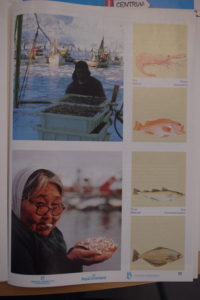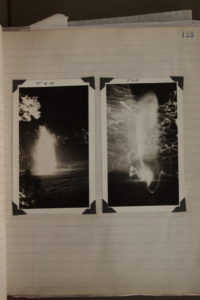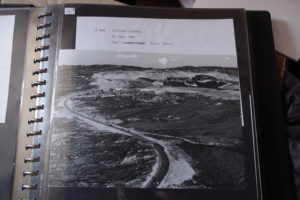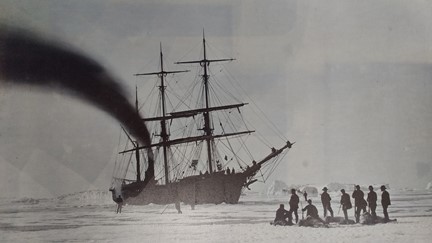
View of the Panther in pack ice near Melville Bay. Hunting party in foreground. In William Bradford, The Arctic Regions (London: S. Low, Marston, Low and Searle, 1873).
Solid, liquid, gas. Ice, water, atmosphere. The planetary Earth allows for the element of water to track across its various phases of matter in response to surrounding climatological conditions—the Earth is a sphere that relies on cyclical mechanisms that produce our (un)stable surrounding ecologies.
‘Phase state Earth,’ on the one hand, designates this planetary regulation of matter that tracks across solids, liquids, and gases, a whole range of viscosities and phase transitions that signal the motile nature of matter on the planet known as Earth.
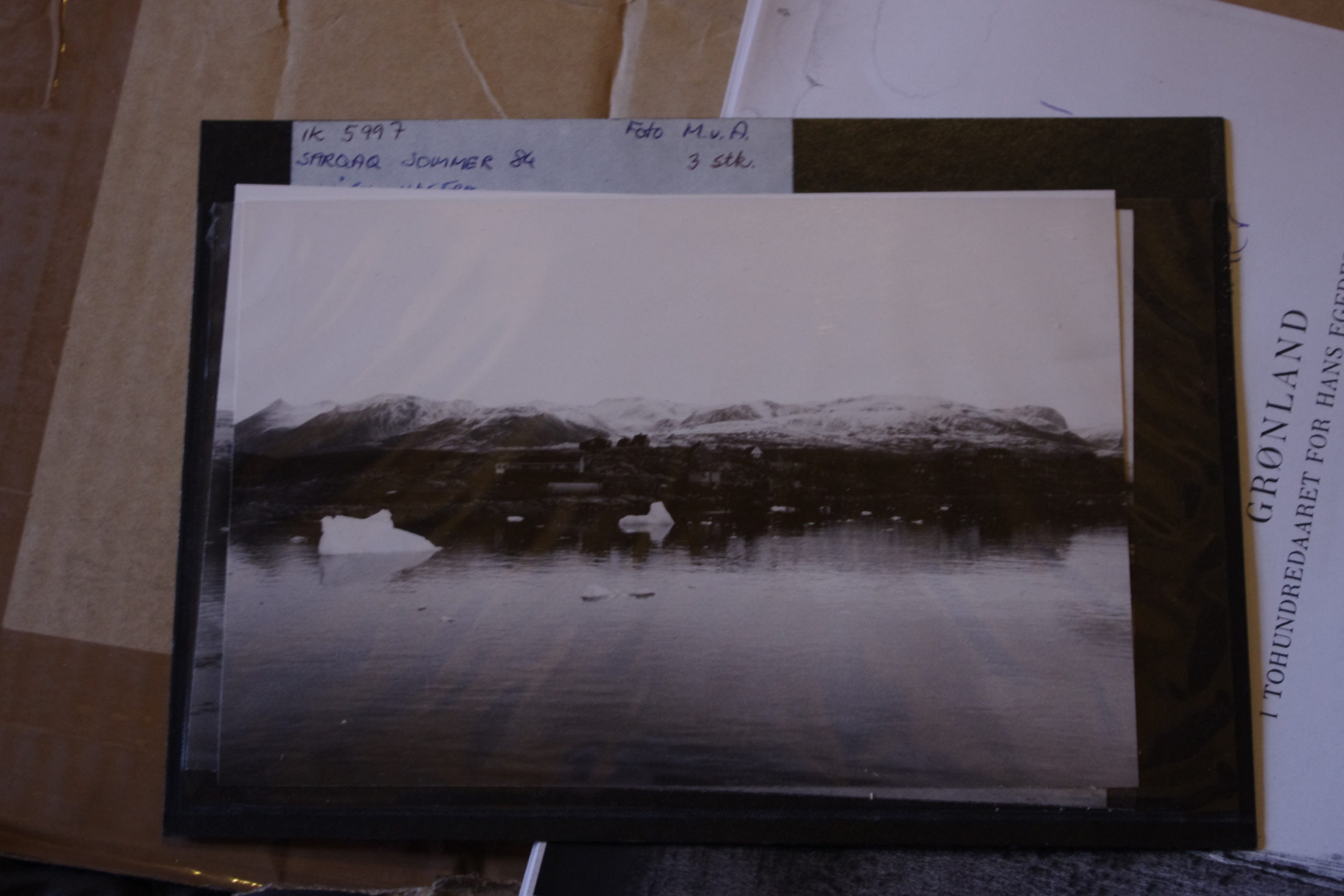
Photography by Rafico Ruiz
IK 5997 Sarqaq Sommer 1984. Foto M.v.A. Ilulissat Museum and Archives.
‘Phase state Earth,’ on the other hand, also more pressingly names a condition of phase transition disturbance and unknowability that the planetary Earth has become bound by that dates back to the Industrial Revolution and has been periodized by geologists as the likely too human-centric Anthropocene. It is this phase state Earth, a condition of cyclical, open-ended disturbance, of phase transitions accelerating or decelerating, of matter becoming transitional, that I seek to document in this book by assembling a drift path theory for our times and everyday environmental conditions. To follow the dissolution of ice is to drift into the undoing of this Earth. To drift under the conditions of carbon-driven warming is to follow where melting ice leads. These are the methodological preoccupations and positions of Phase State Earth: how to follow contemporary environmental phenomena through their dissolution? How to track a vast range of elemental conditions becoming “matter out of phase”?
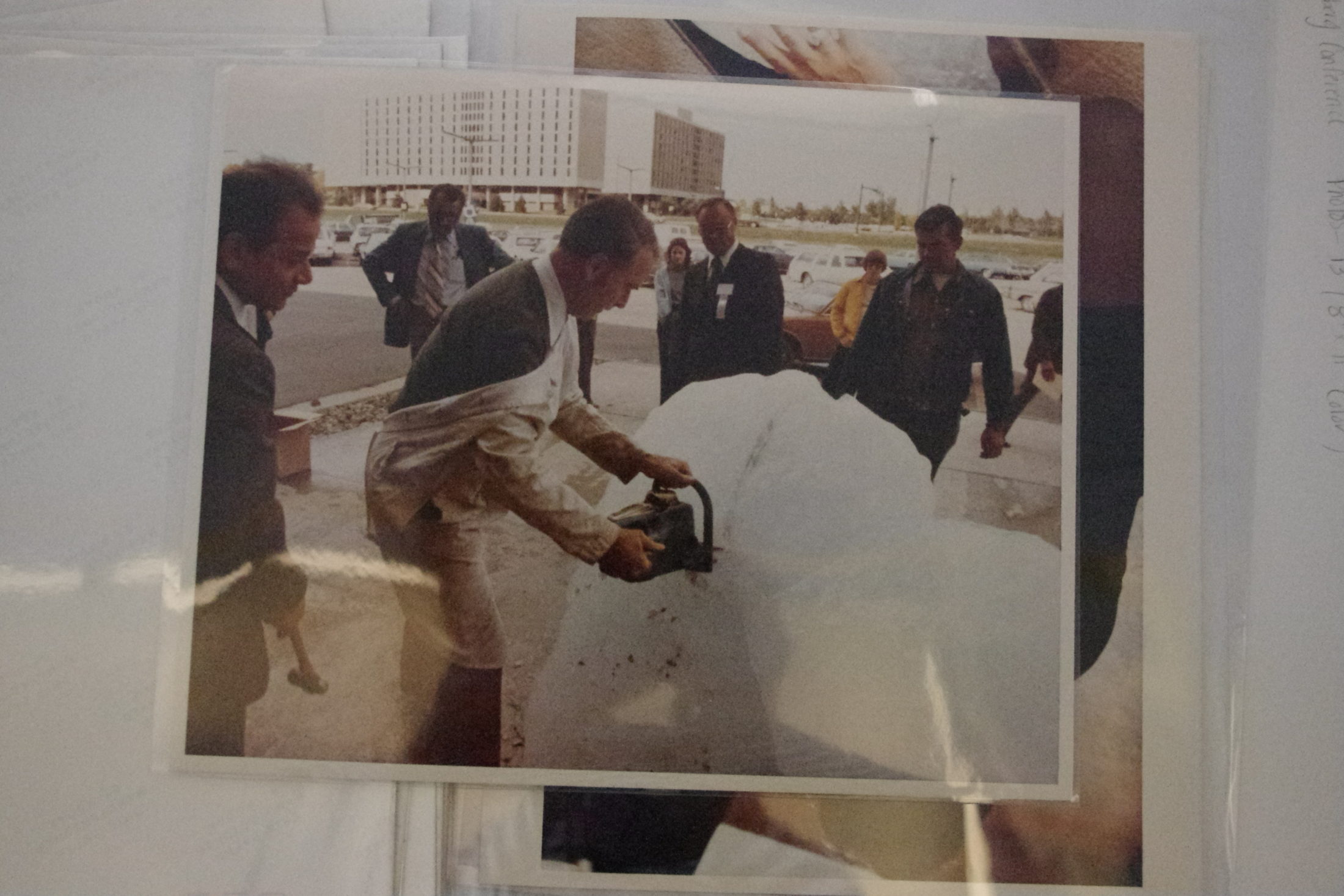
Photograph by Rafico Ruiz
1977 Iceberg Utilization conference participant ‘testing’ the properties of the berg. Iowa State University Archives.
The book moves through a Polar drift path, from the Arctic to the Antarctic, themselves uncertain magnetic poles that are constantly resisting stable forms of environmental characterization, and tracks referential and constitutive narratives of our phase state Earth—ices on their way to waters and atmospheres. We are in the midst of living the consequences of matter becoming out of phase with its preexisting climatological cycles—we are experiencing the ends of climate change.
